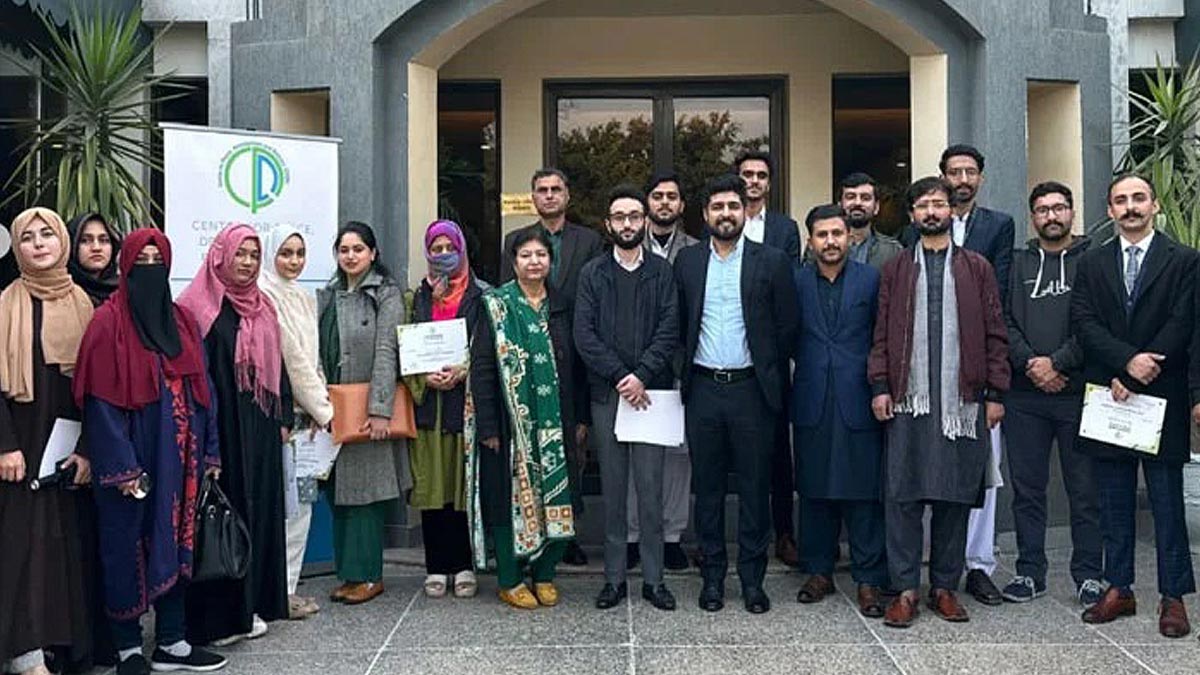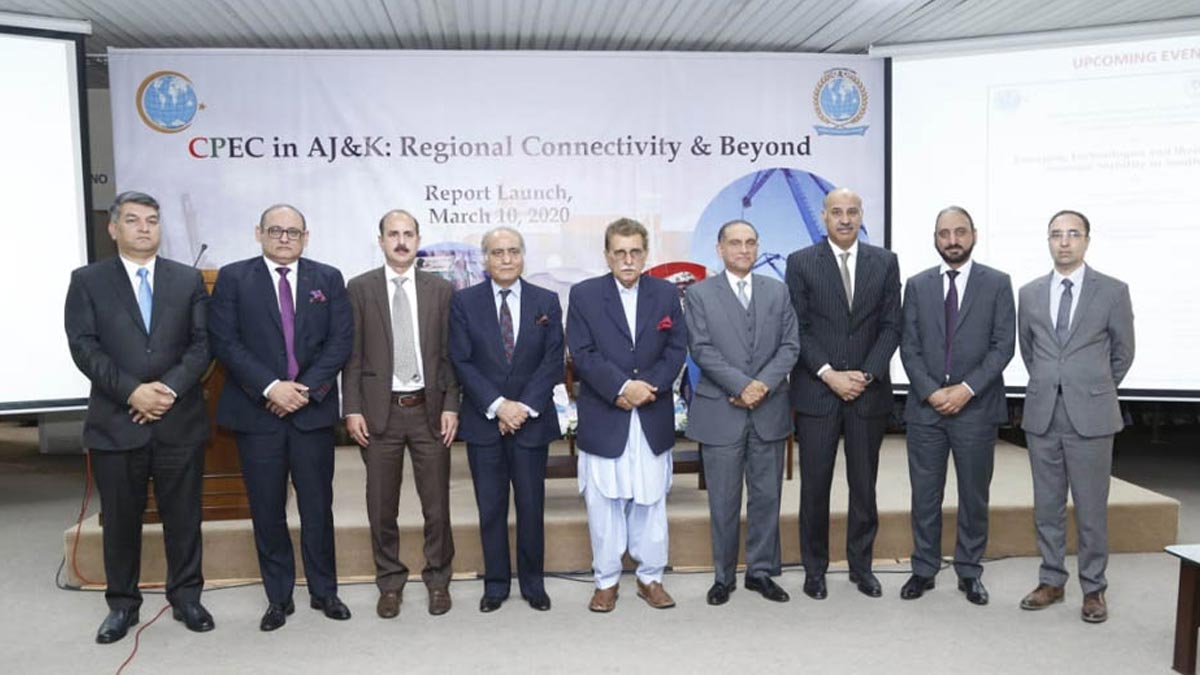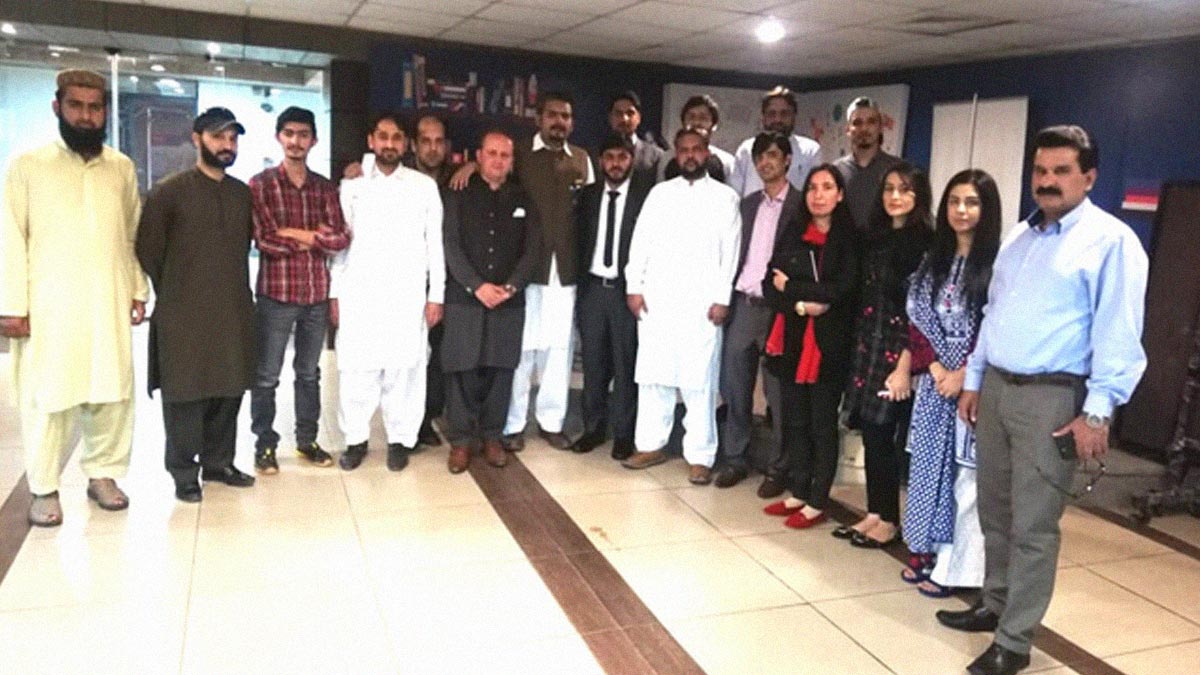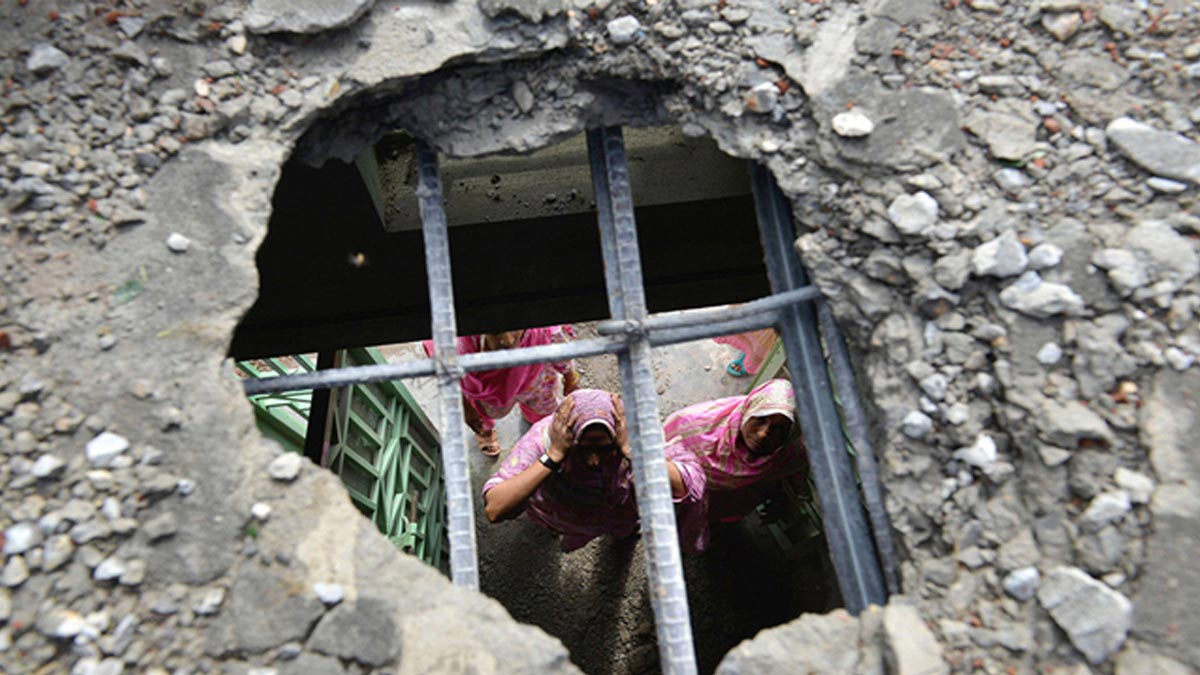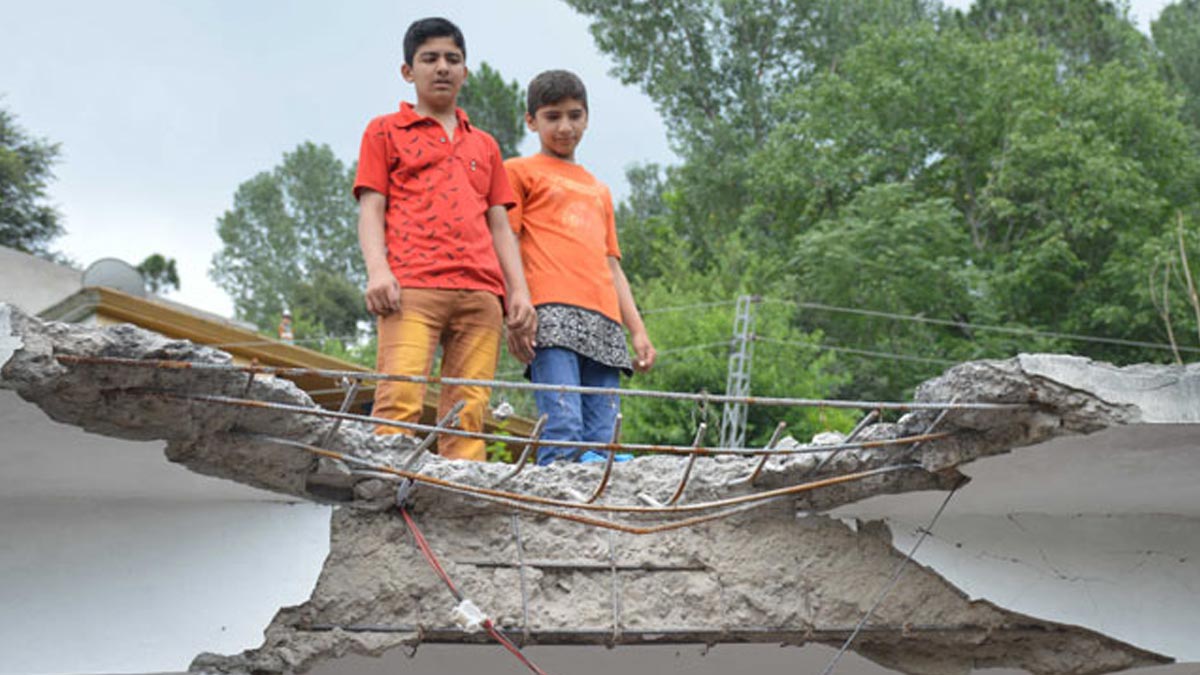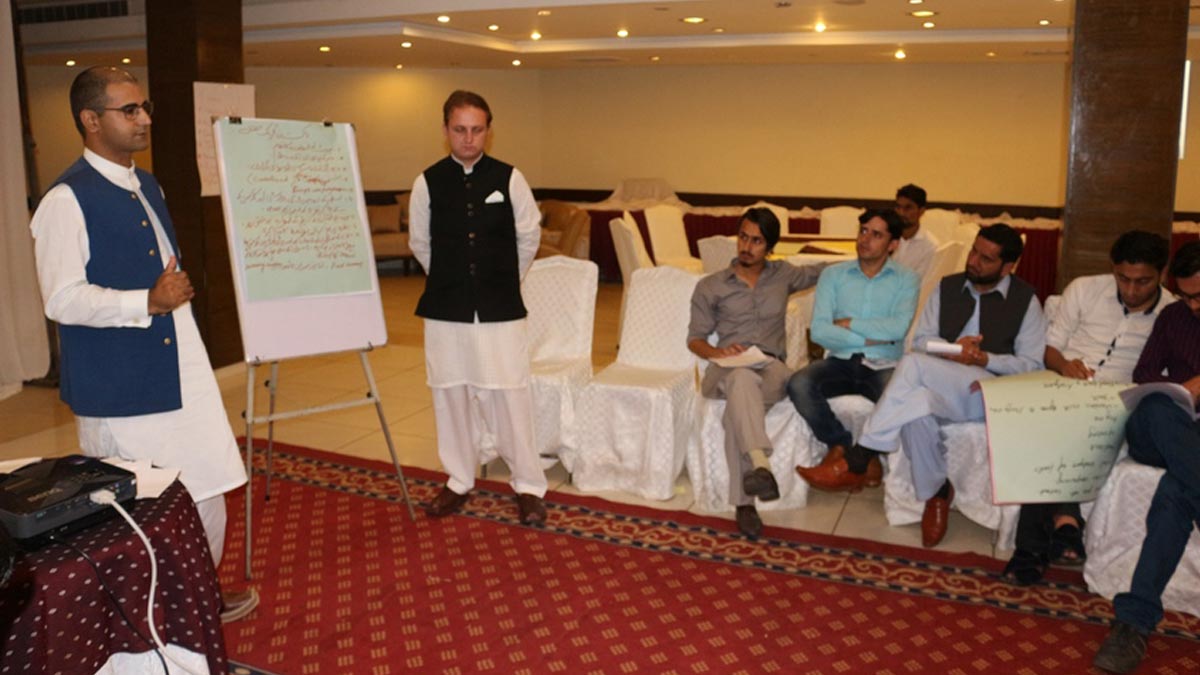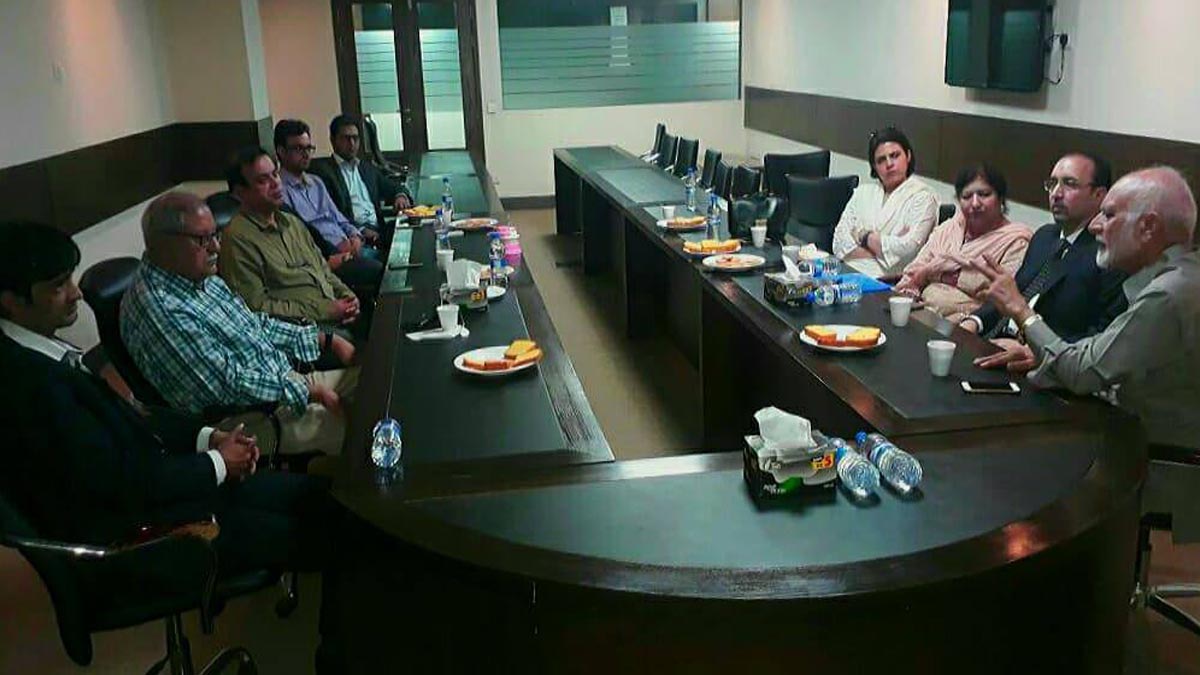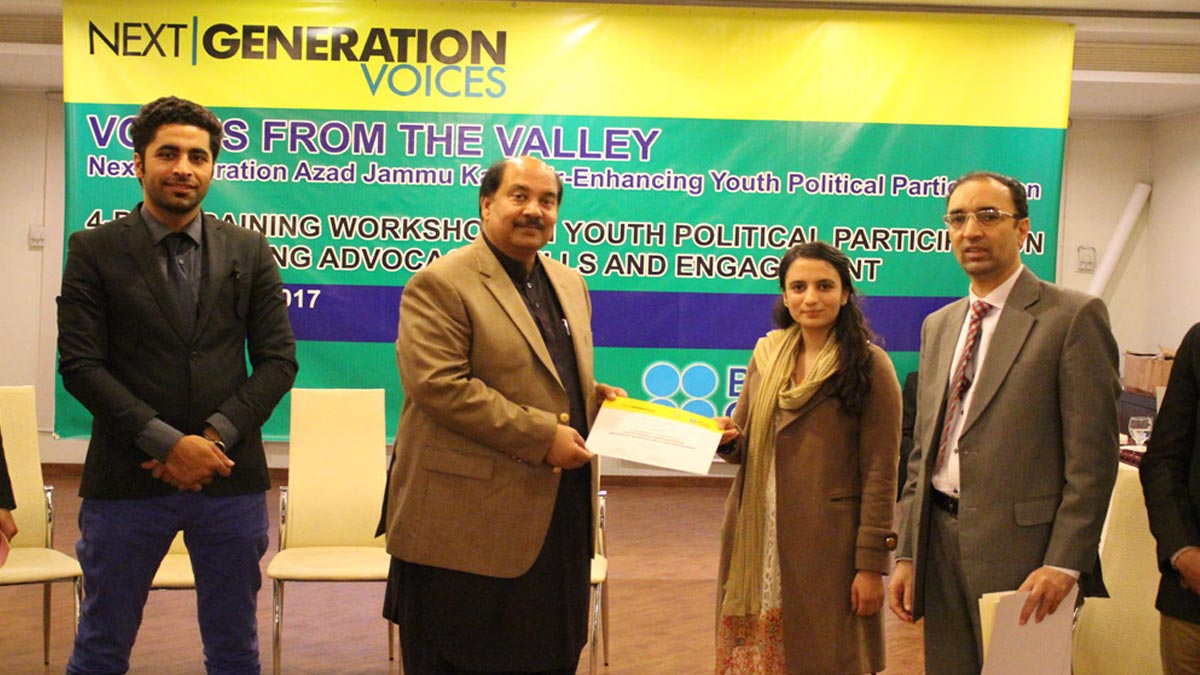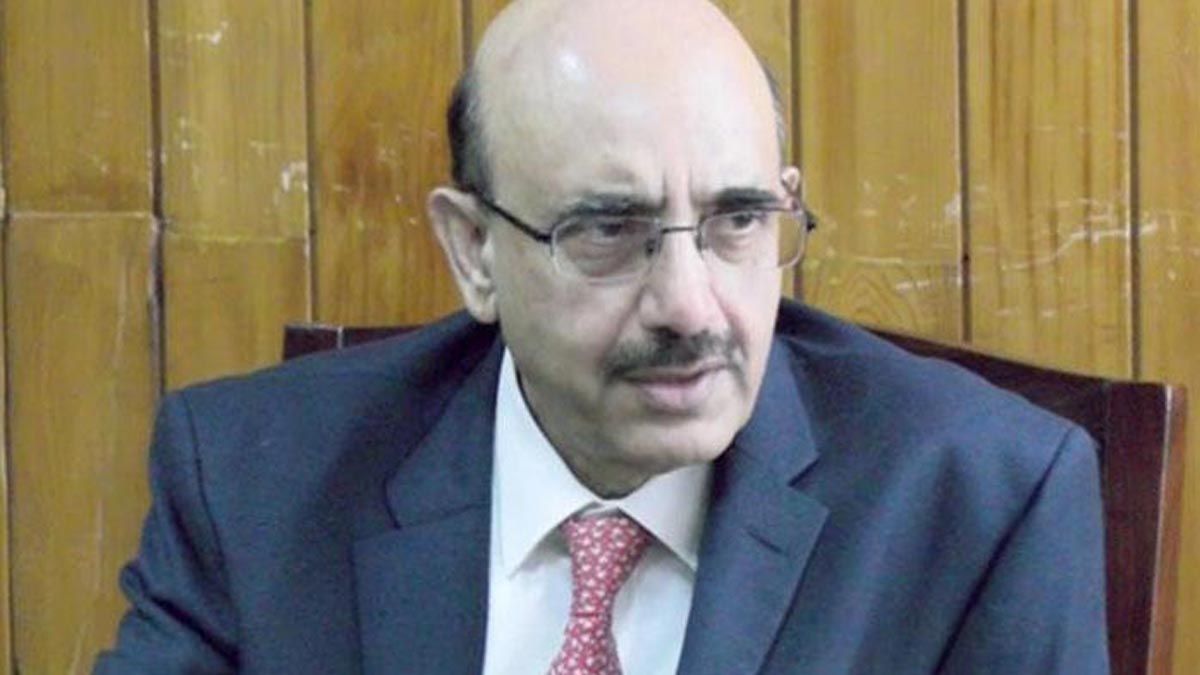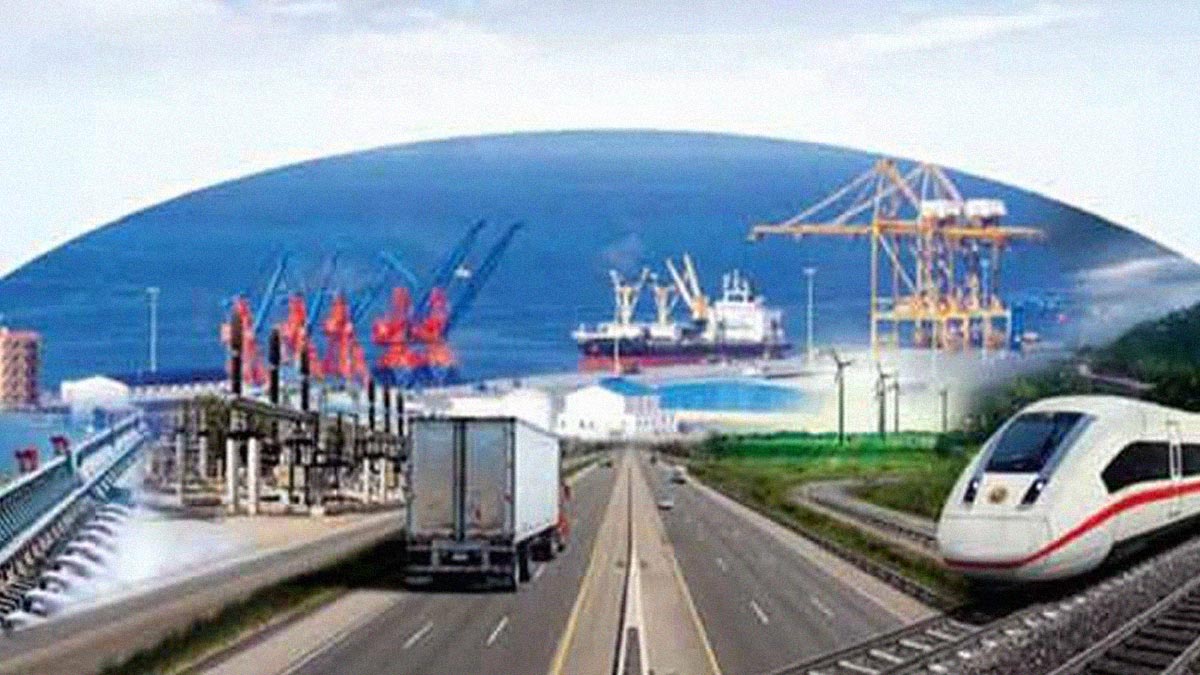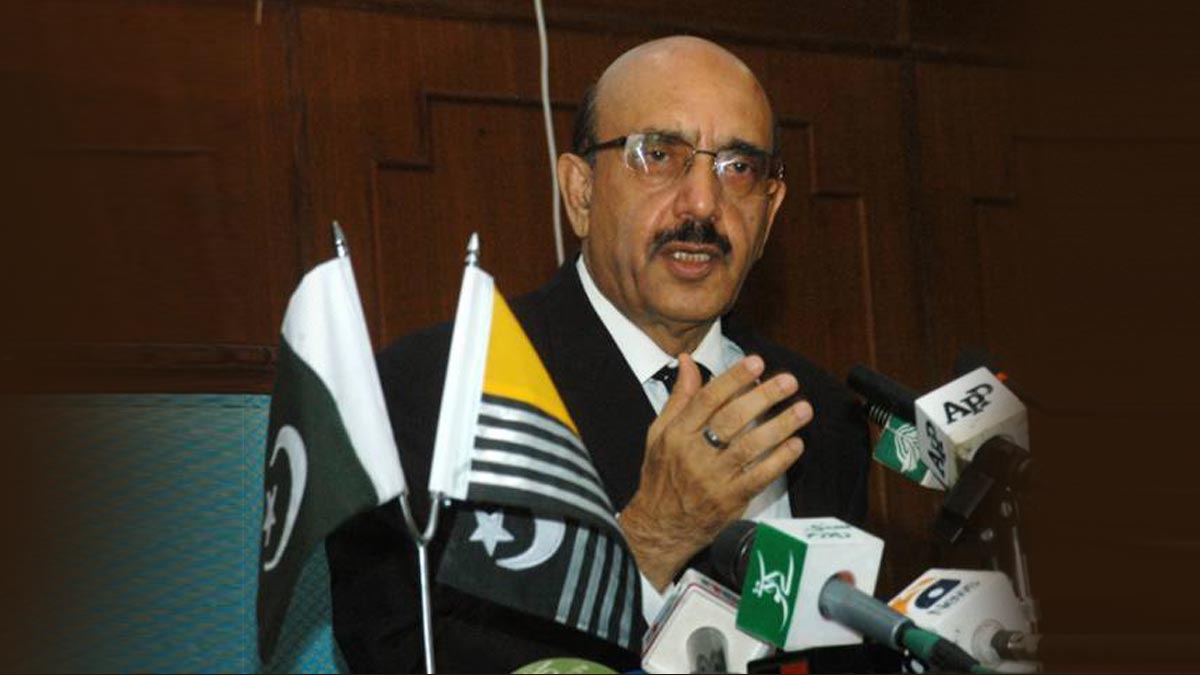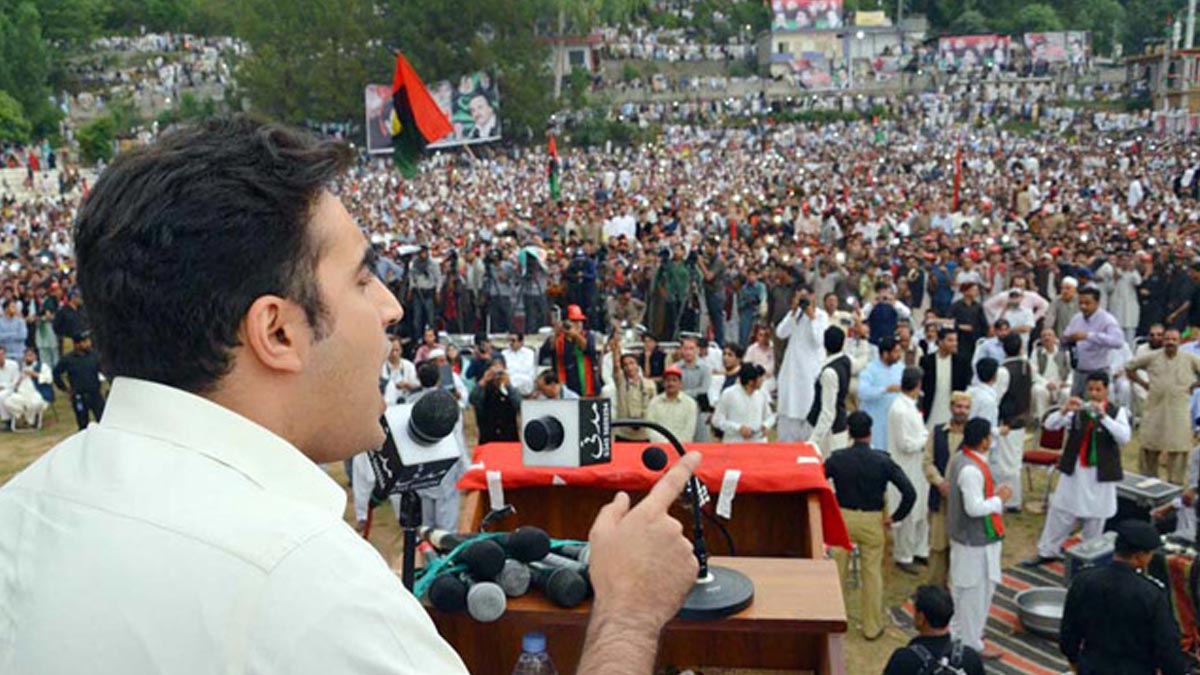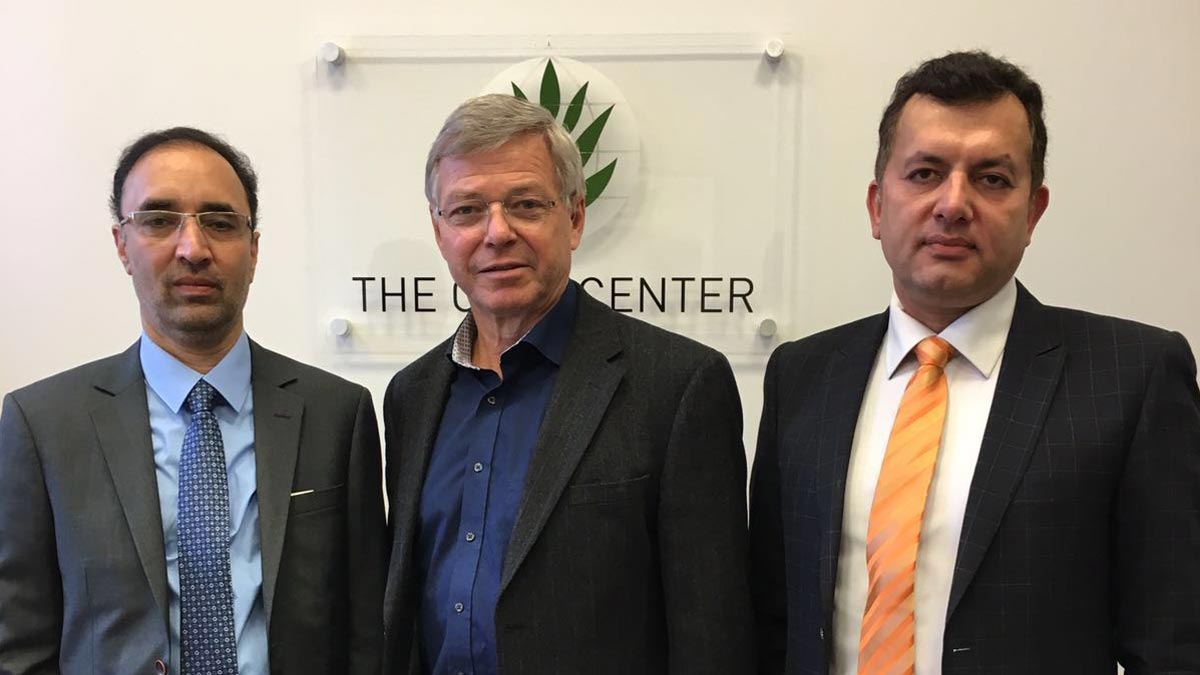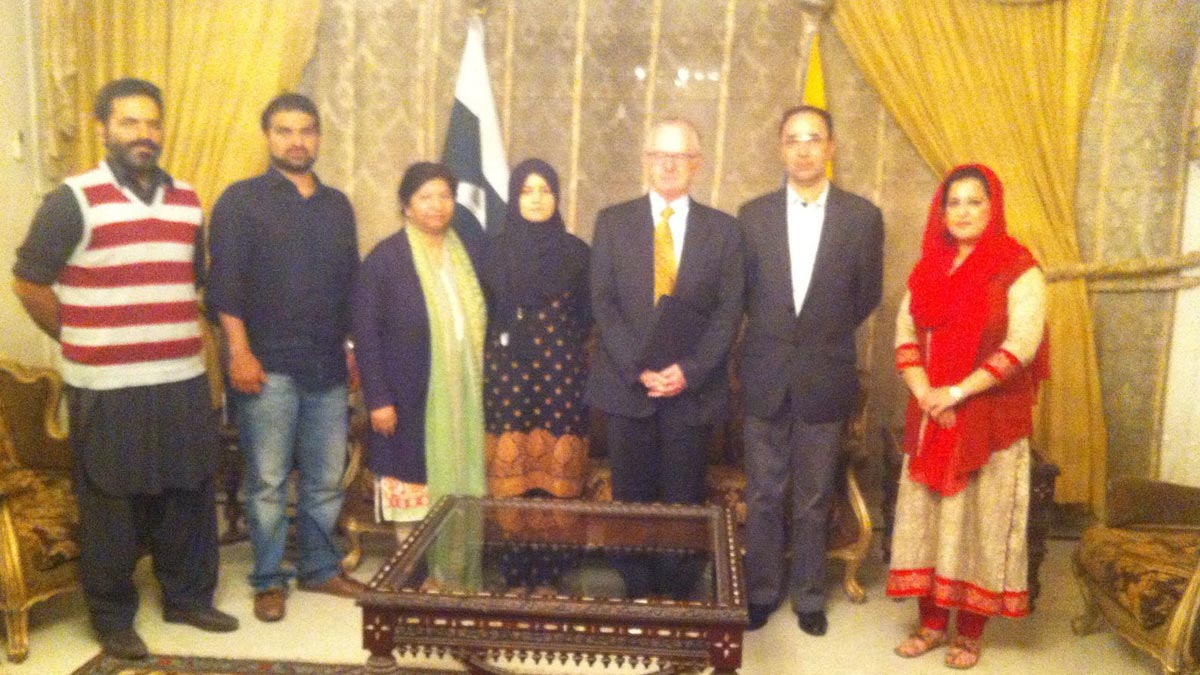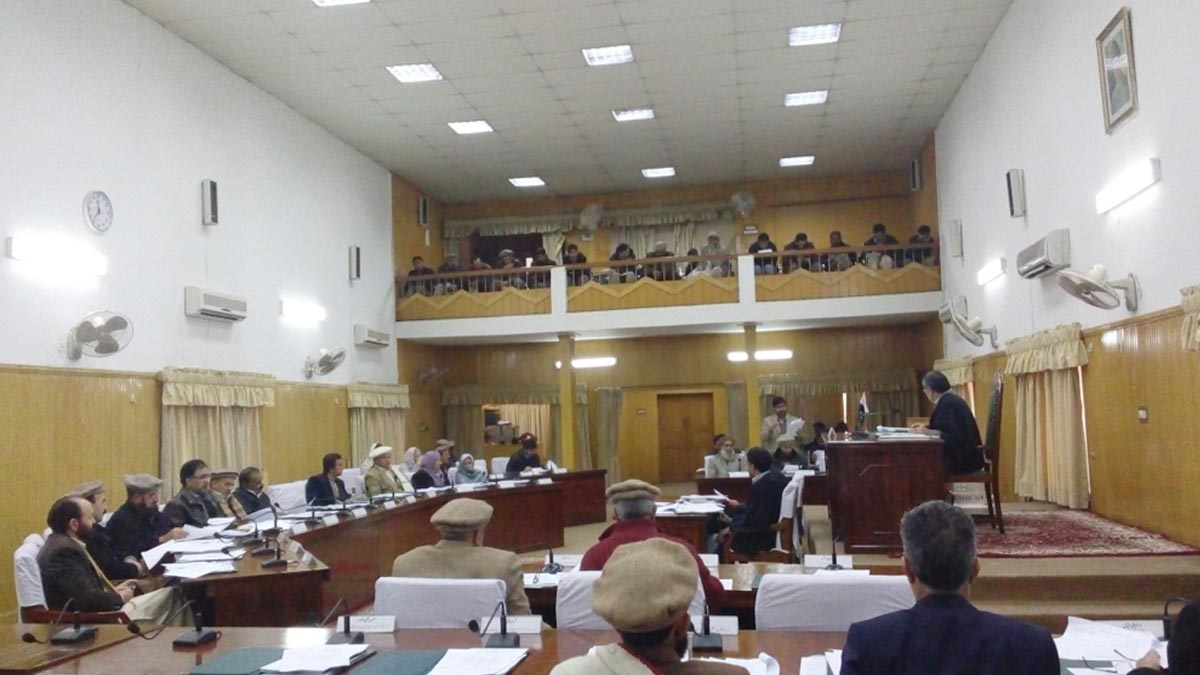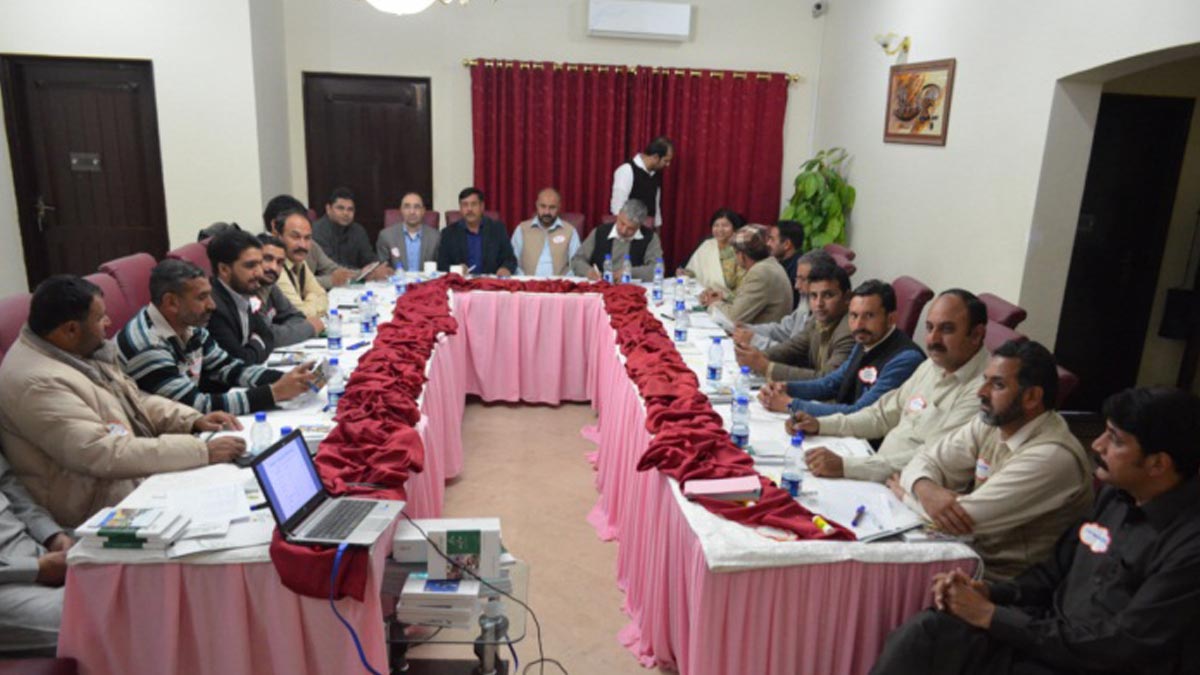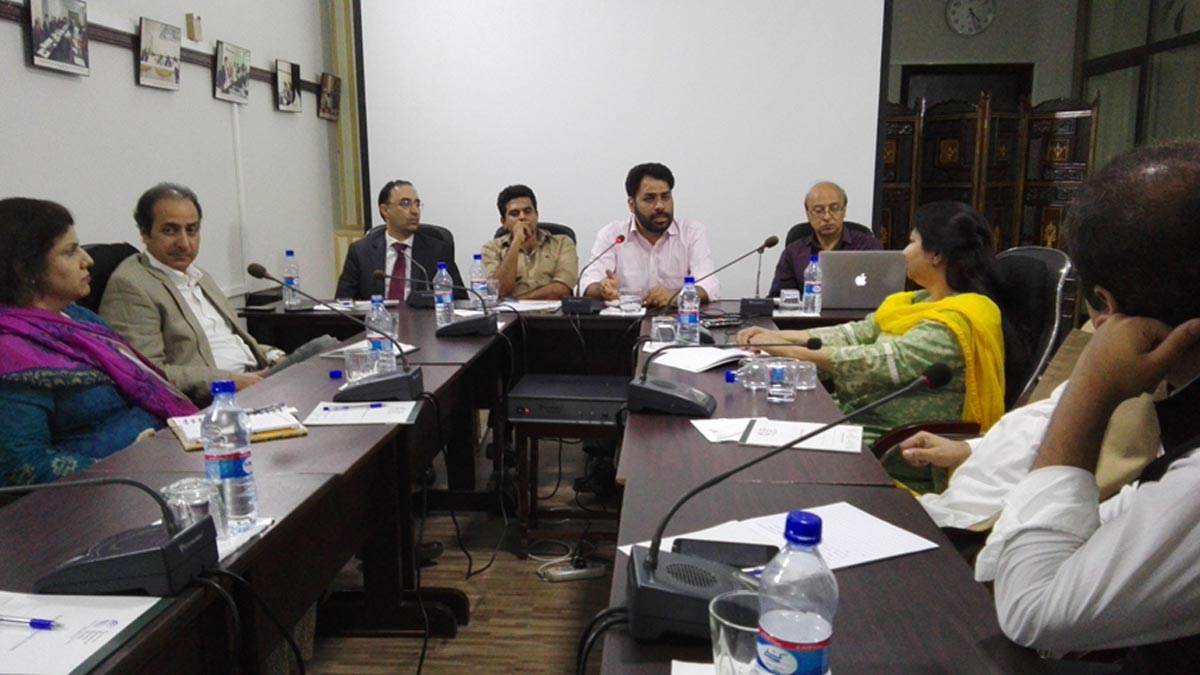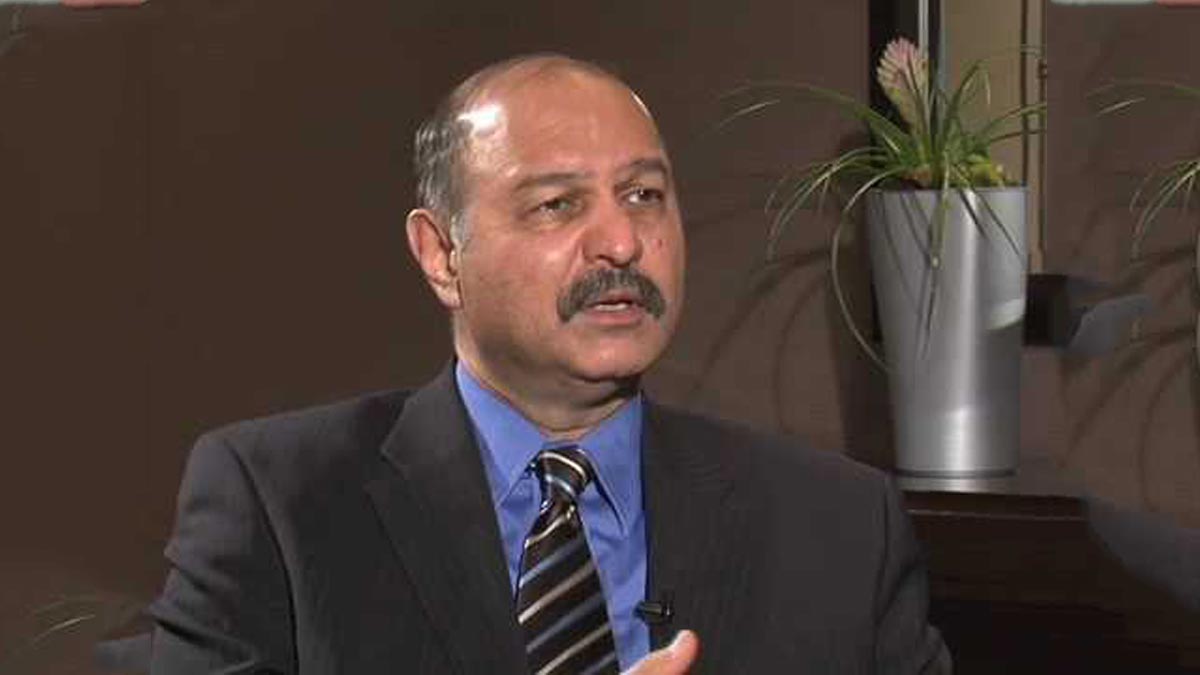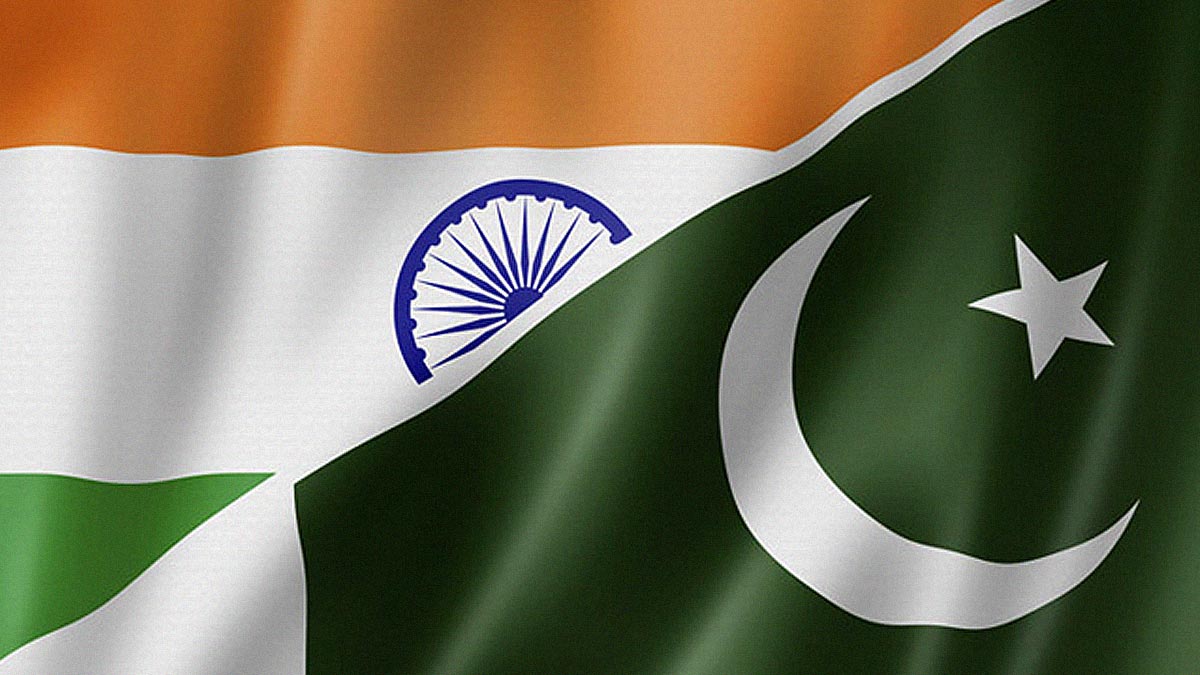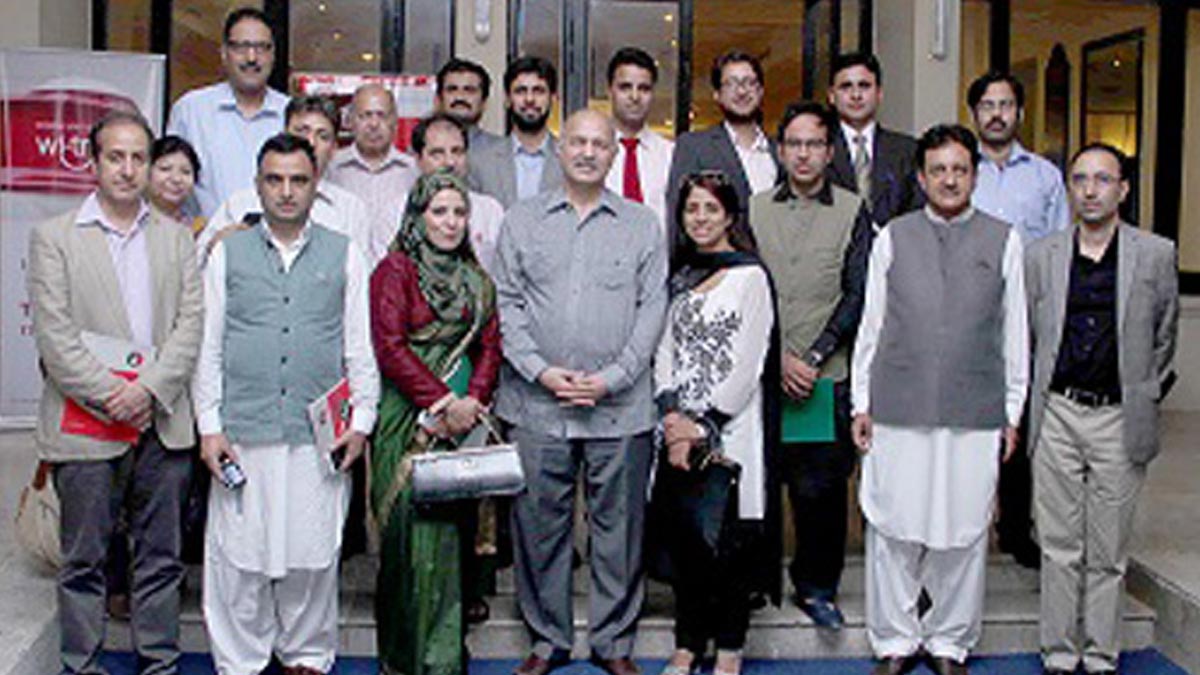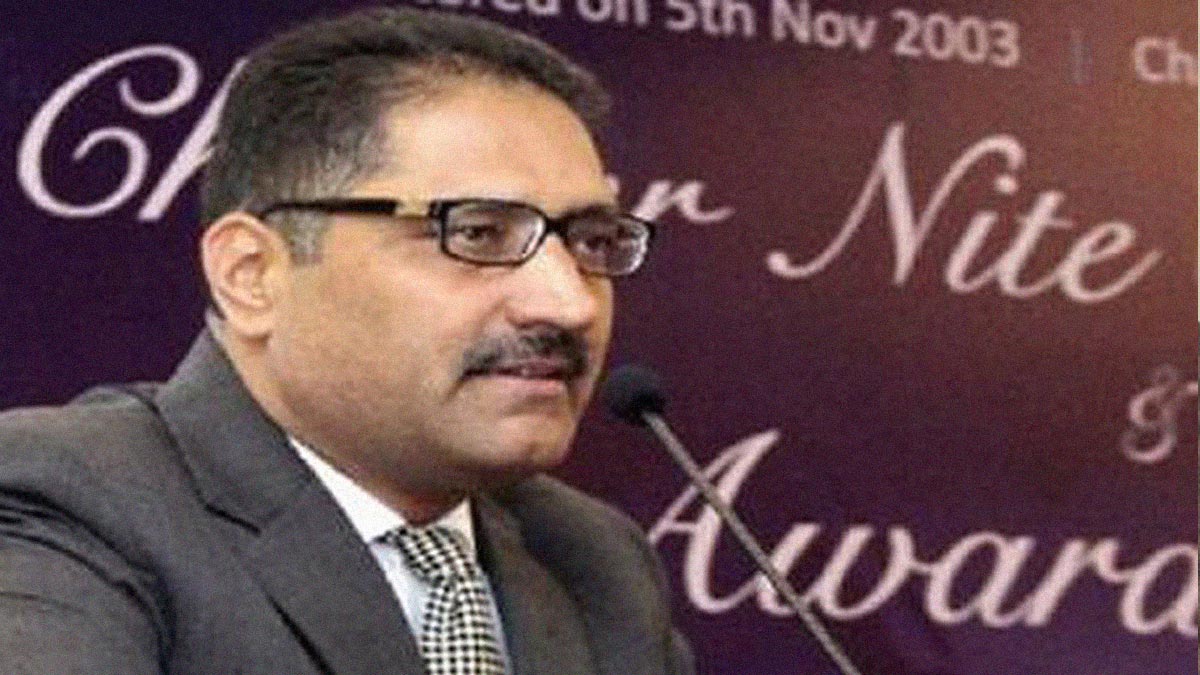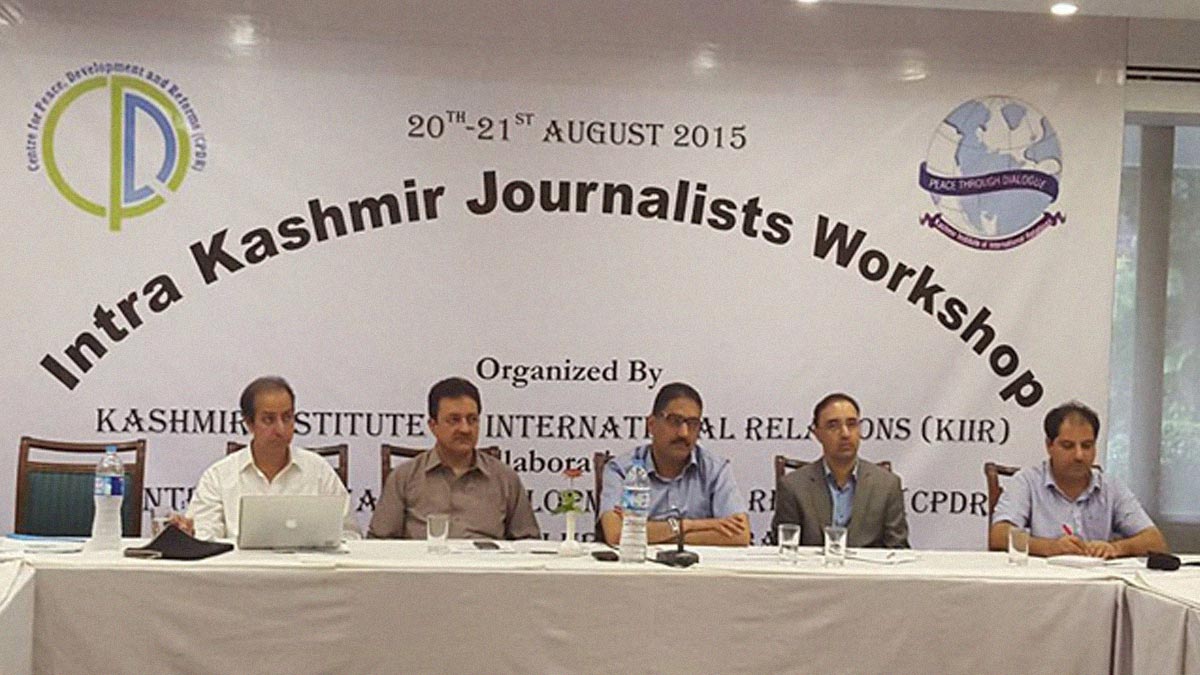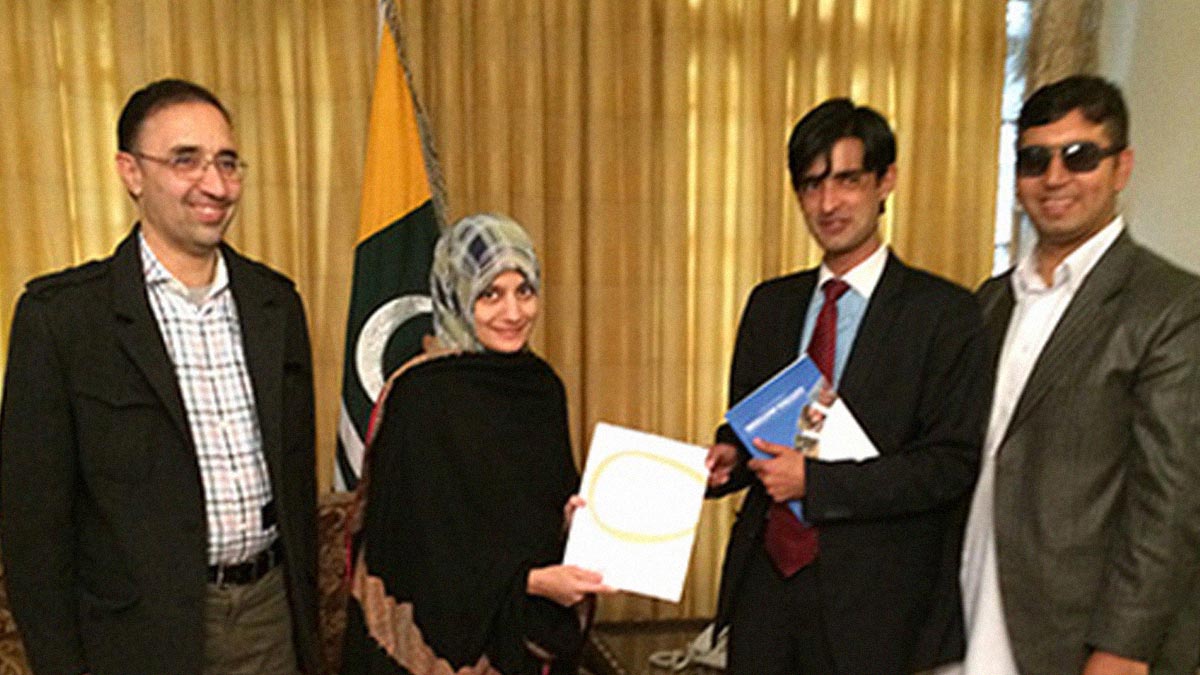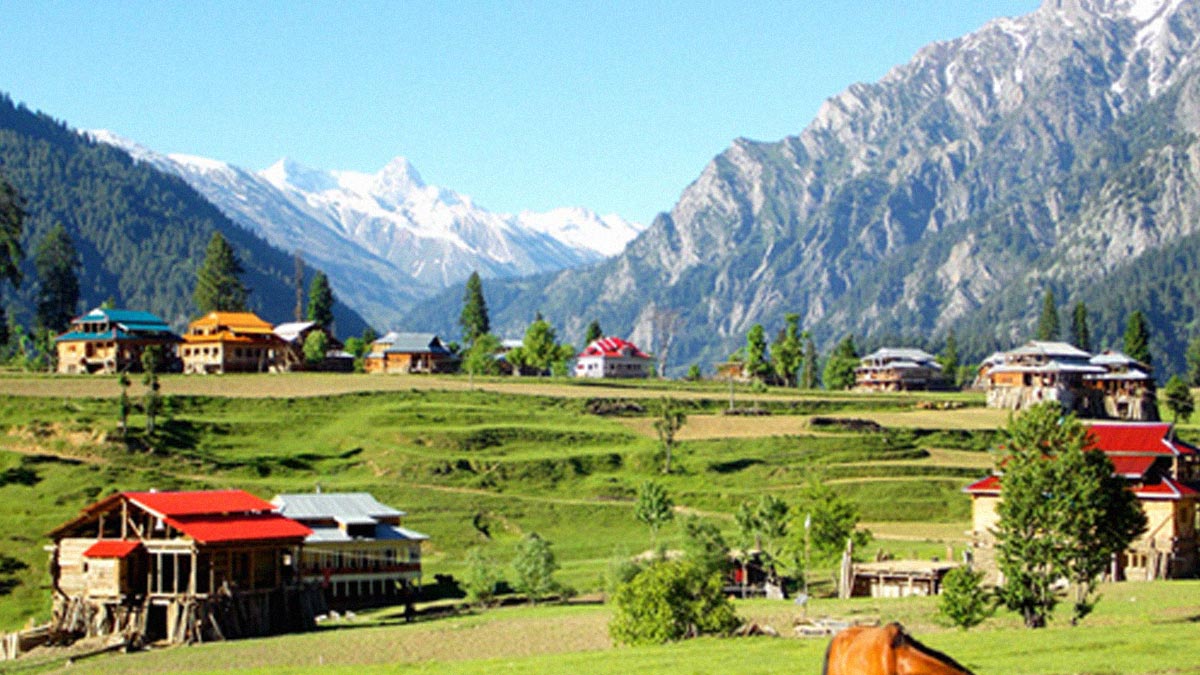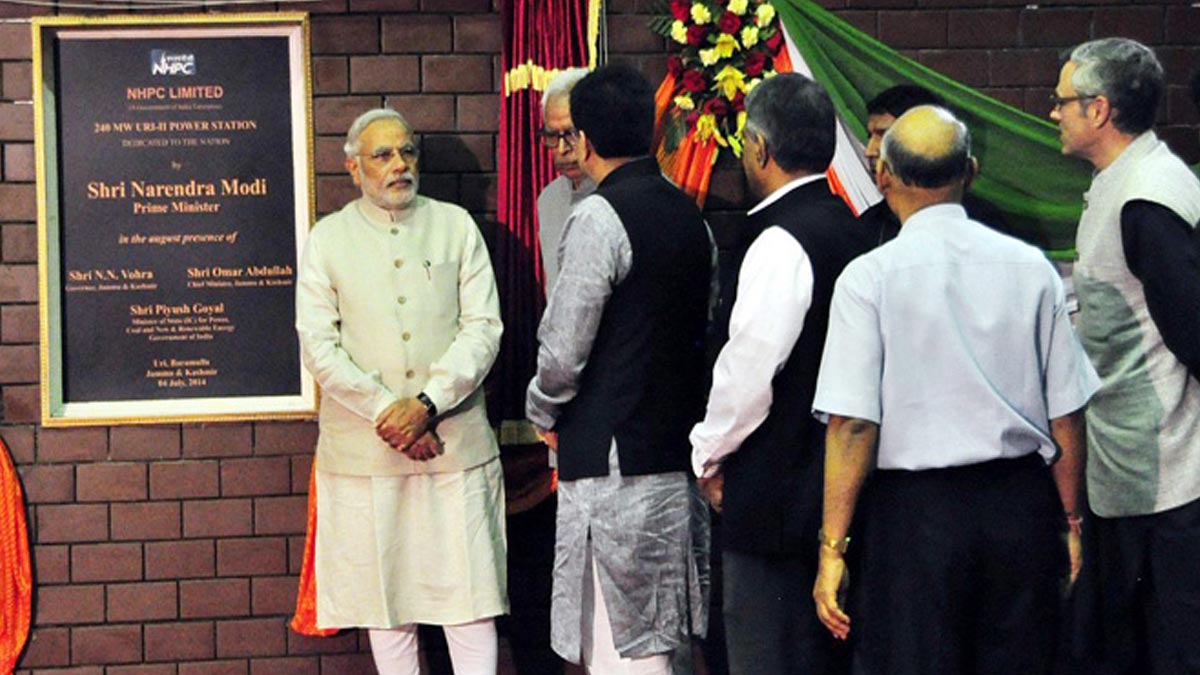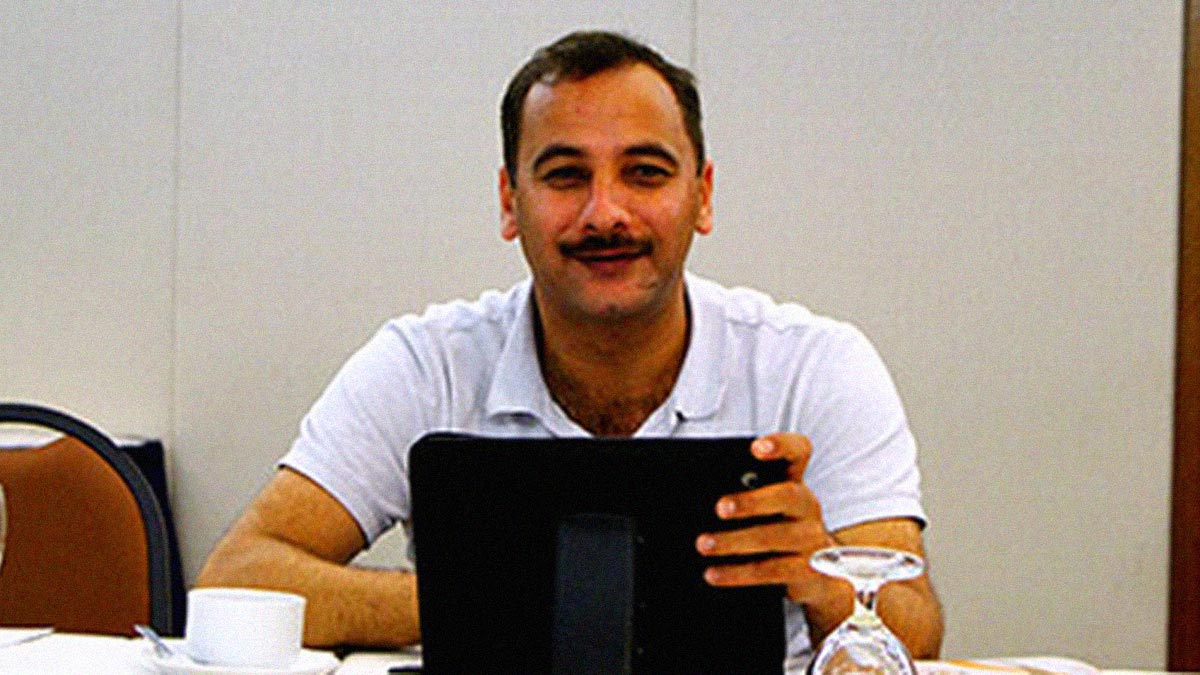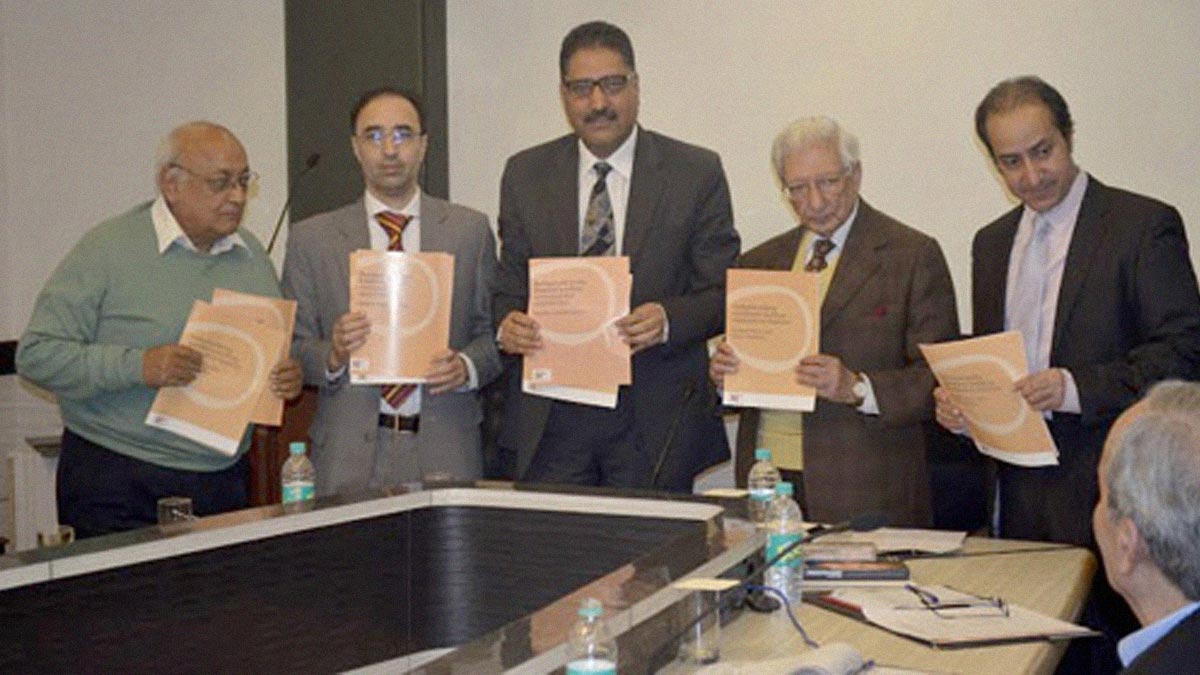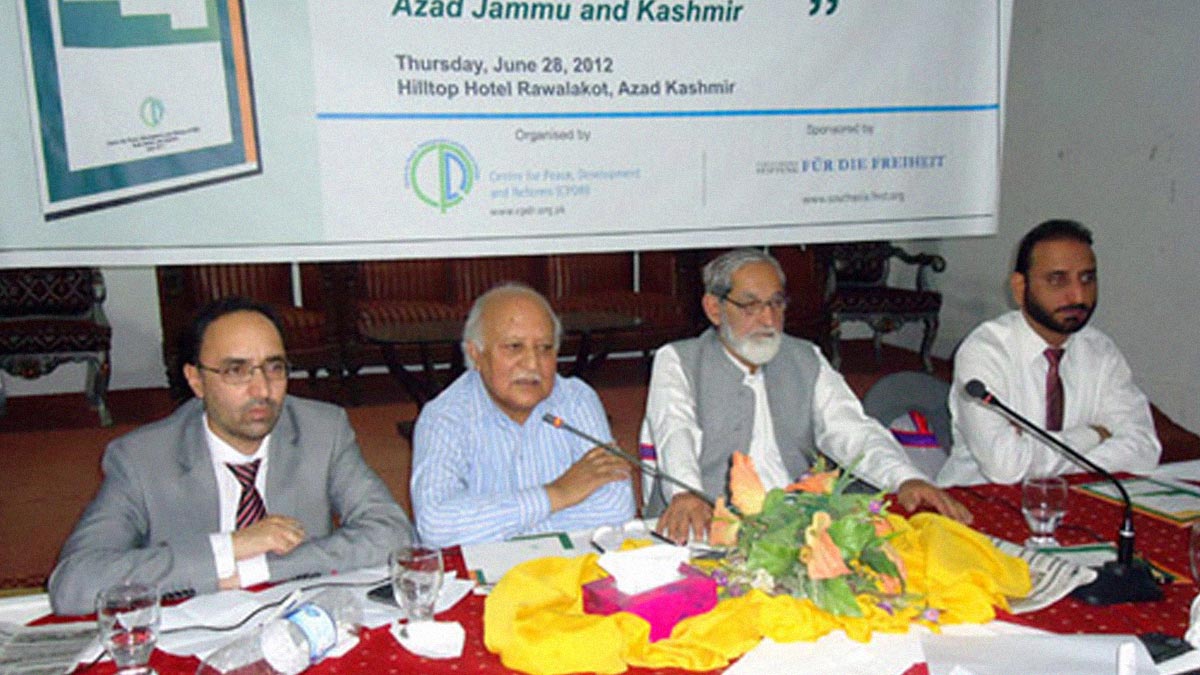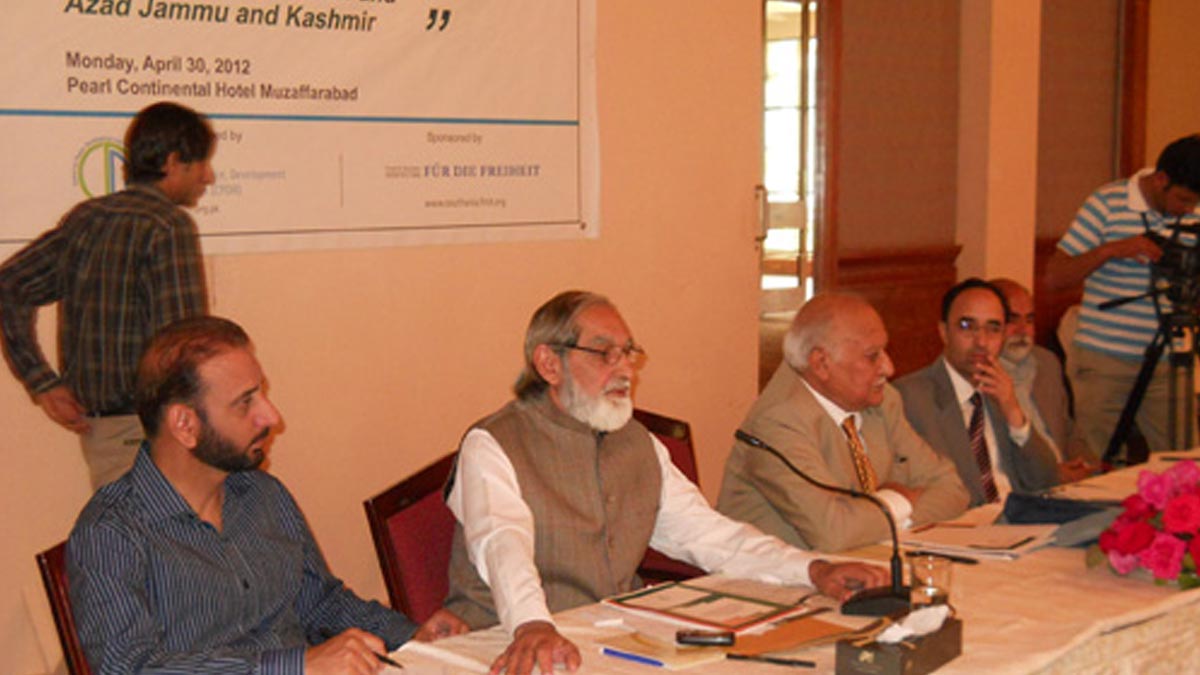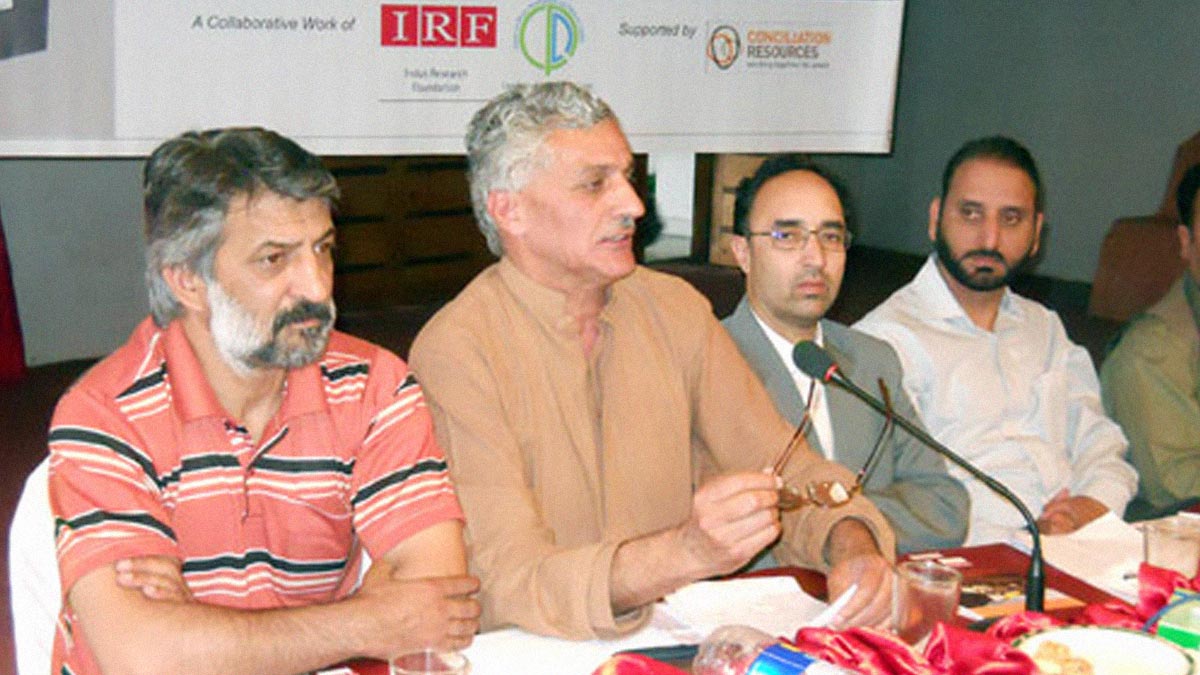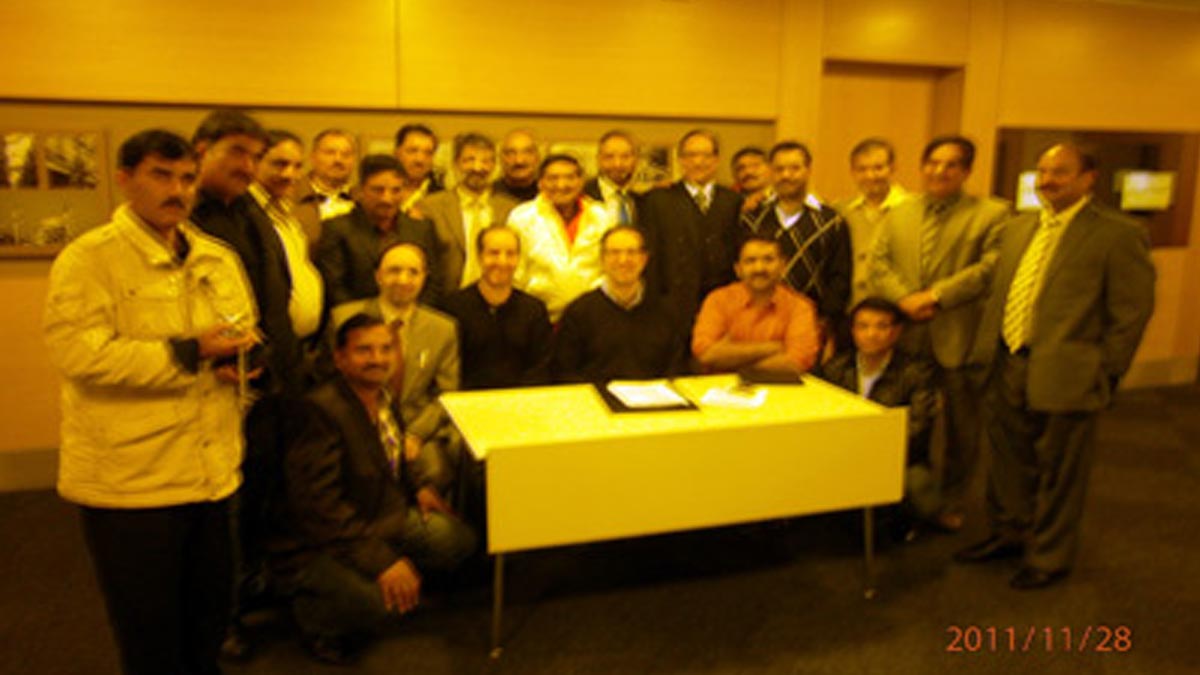- September 11, 2015
- @admin
- 0
- 11th September 2015
- Mehmood ur Rashid
- Sirinagar
2005 earthquake that shook Muzaffarabad, and 2014 floods that drowned Srinagar; did anyone say Jinnah!
Let’s begin with an unpleasant news, by now, old and known to all. Abdul Kalam, a gifted scientist and a great human being is finally appropriated as a rival to Muslim political legacy in India.
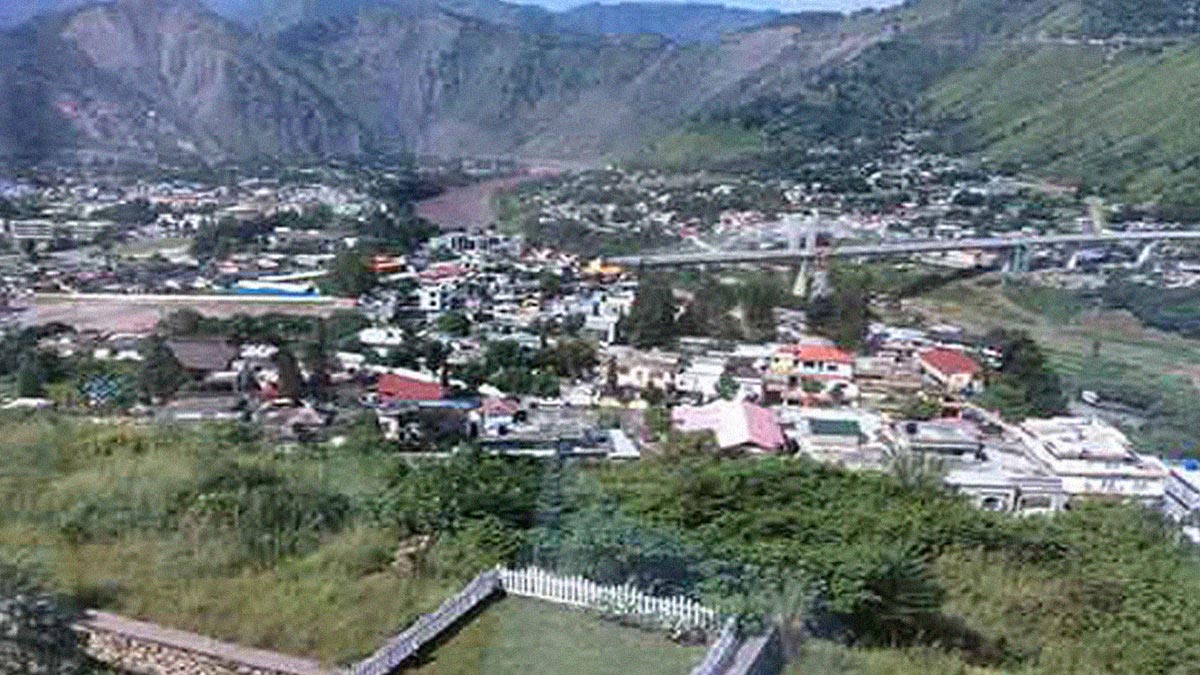
His prowess in nuclear science goes into decimating the science of history. So the first missile hits his own territory. The road in Delhi by the name of Aurangzeb is to be rechristened as Abdul Kalam road, as if no new road was ever to be built in Delhi.
From the former President of India, late Abdul Kalam, now to the serving, and living, Vice President of India – Hamid Ansari. Speaking on the occasion of the Golden Jubilee of the All India Majlis-e-Mushawarat, Ansari candidly expressed that the condition of Muslims in India is marked by deprivation, exclusion and discrimination. In an unequivocal way Hamid Ansari spoke about the condition of the Muslims in India, saying “it is evident from the compendium of official reports that the principle problems confronting India’s Muslims relate to: identity and security; education and empowerment; equitable share in the largesse of the state; and fair share in decision making.”
Last week, and it still continues, we remembered the all-devastating floods that hit us September, last year. It was an occasion to commemorate the resilience of Kashmiri Muslims as a nation, and also a time to pay tribute to all those who lost their lives while saving others. It was also time to introspect as to what went wrong and are we, as a people, serious in correcting the wrongs. But in all this one of the major, and pointed, themes was why no rehabilitation package was announced even when a year has passed by. Why New Delhi has been so unconcerned, and cruel, towards Srinagar. There were many comparisons that were drawn to underline New Delhi’s discriminatory attitude towards Kashmir. When cloud bursts wreaked havoc in Kedarnath, Utrakhand,how quick the Central government was in compensating the loss. There was another parallel that was drawn to make a point. In 2005 a mega earthquake hit Kashmir, mostly the Pakistan part, and destroyed everything in its wake. In a matter of minutes Muzaffarabad was a scene of total ruin. Nothing was left at its place. Everything collapsed. More than 50,000 people died, making the tragedy simply unbearable. No one could do anything about the lives lost, but the way Muzaffarabad was re-built is a story worth telling, million times over.
I happened to visit Muzaffarabad just recently, in the last week of August. I was part of a team of journalists from this side of Kashmir – LoC East – that visited Pakistan for an Intra Kashmir Journalists Workshop. The program was the brainchild of Kashmir Initiative Group ( KIG) that worked on it tirelessly for months together to make it a success. It was organised by Kashmir Institute of International Relations(KIIR), and Centre for Peace, Development and Reforms(CPDR), two AJK civil society groups, and was funded by a London based organisation Conciliation Resources ( CR). Thanks to all. Our interactions with the people from across the Line, and our first hand observations of the material atmosphere in Pakistan and Pakistan Administered Kashmir dislodged many of our perceptions about Pakistan and Pakistani part of Kashmir. And in that sense it was like the 2005 earthquake that hardly left anything at its place. Many of our images and stereotypes were washed away. And in that sense it was like the September 2014 flood that carried away mansions in those uproarious waters.
Back to the point, the scale of destruction in 2005 earthquake was higher than that of 2014 floods. Loss of life is always irreparable, but in terms of rebuilding the infra-structure, and reestablishing the families, Islamabad made it a real take off point for developing Muzaffarabad.
One of the great things that it did was to funnel the aid from across the globe, especially the Muslim world, into Muzaffarabad. Turkey reconstructed government offices and also the university. The rehabilitation work carried by Turkey continued for many years, and in 2009, four years after the earthquake, Recip Tayyib Ordgan, then PM of Turkey visited Muzaffarabad, and reassured its people that Turkey will continue its rehabilitation work in Muzaffarabad. Similarly Arab countries chipped in. Sheikh Khalifa Bin Zayd al-Nahyan hospital in Muzaffarabad is a standing example of the help that poured in from the Arab countries. Post 2005 earthquake Muzaffarabad is a story of how a small and tiny place belonging to a larger conflicted zone found its sympathizers and well wishers in the entire Muslim world. How the grief was shared by fellow Muslims.
Now compare this with what happened to LoC West, the India administered Kashmir, in September 2014 floods. Remember those rescue operations by the Indian Army, how selective they were in bailing out people. And also jog up the memories of the bills that were later raised for conducting those rescue operation. And when aid could have flown in from other Muslim countries, how it was disallowed and how people were made to suffer. How the condition of siege that we have now been in for decades was reaffirmed.
One cannot and must not feed into the vicious rhetoric that leads to antagonizing one community against another, but how else can you explain this attitude of New Delhi. What is the point in disallowing the the willing donors in the Muslim countries to participate in the rehabilitation work in Srinagar. If Islamabad could open the gates of Muzaffarabad for the Muslim world, why is New Delhi reluctant to open Srinagar for the Muslim world.
And don’t forget India was recently pushing its case for OIC (Organization of Islamic Countries ) membership!
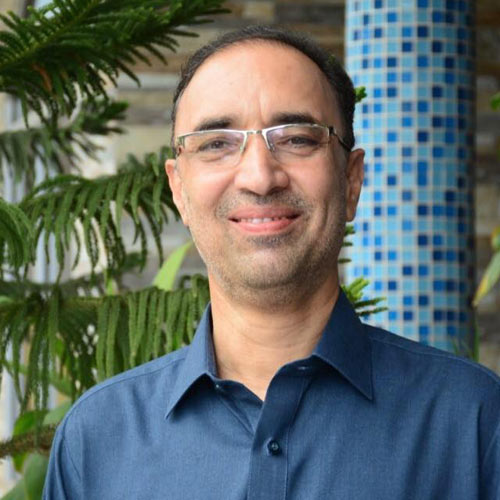
Ershad Mahmud
The writer is a freelance contributor. He can be reached at:


